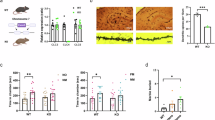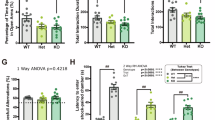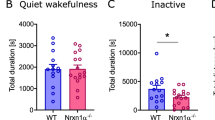Abstract
Shyness and social anxiety are predominant features of some psychiatric disorders including autism, schizophrenia, anxiety and depression. Understanding the cellular and molecular determinants of sociability may reveal therapeutic approaches to treat individuals with these disorders and improve their quality of life. Previous experiments from our laboratory have identified selective mRNA and protein expression of a nonselective cation channel known as the canonical transient receptor potential channel 4 (TRPC4s) in brain regions implicated in emotional regulation and anxiety. TRPC4 is highly expressed in the corticolimbic regions of the mammalian brain. We hypothesized that robust corticolimbic expression of TRPC4 may regulate the brain’s response to emotion and anxiety resulting in changes in social interaction. Here we test trpc4 gene knockout rats in a model of social anxiety/interaction. We found that the Trpc4 knockout animals spent significantly less time exploring a juvenile intruder rat compared to their wild-type counterparts and Sprague-Dawley (SD) rats. Furthermore, Trpc4 wild-type (Fisher 344) rats explored the juvenile significantly less than the SD rats. These findings indicate that the trpc4 gene plays a role in modulating cellular excitability in specific regions of the brain associated sociality and/or anxiety.
Similar content being viewed by others
Article PDF
Author information
Authors and Affiliations
Corresponding author
Rights and permissions
About this article
Cite this article
Rasmus, K., Wang, JG., Varnell, A. et al. Sociability is decreased following deletion of the trpc4 gene. Nat Prec (2011). https://doi.org/10.1038/npre.2011.6367.1
Received:
Accepted:
Published:
DOI: https://doi.org/10.1038/npre.2011.6367.1



